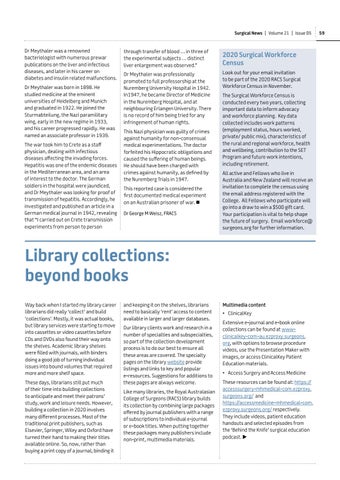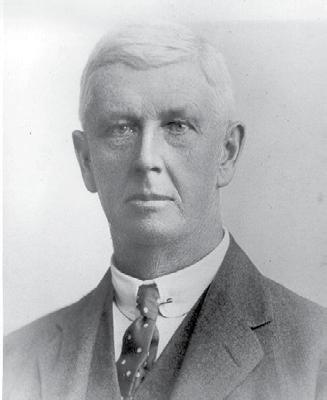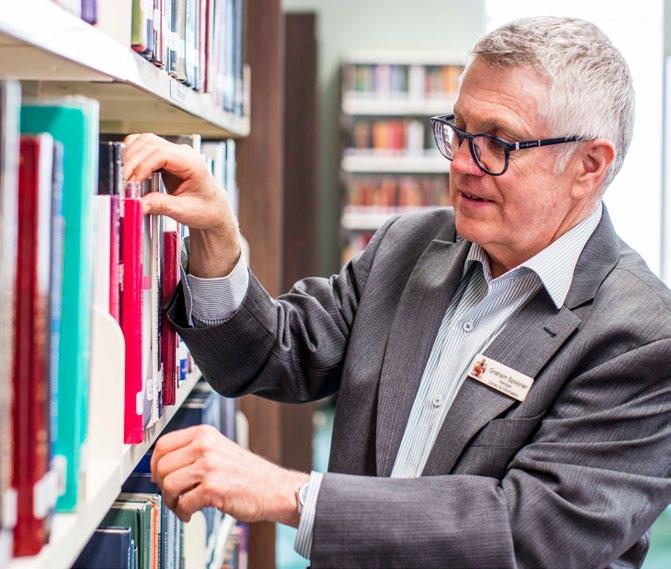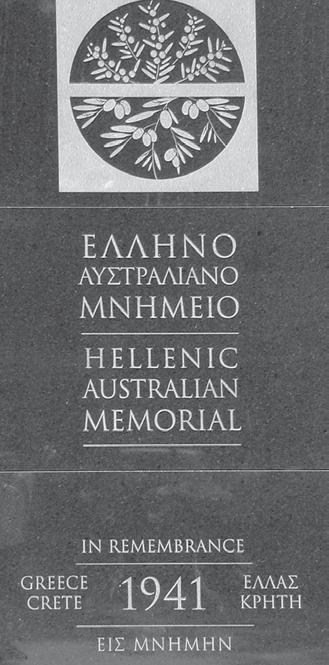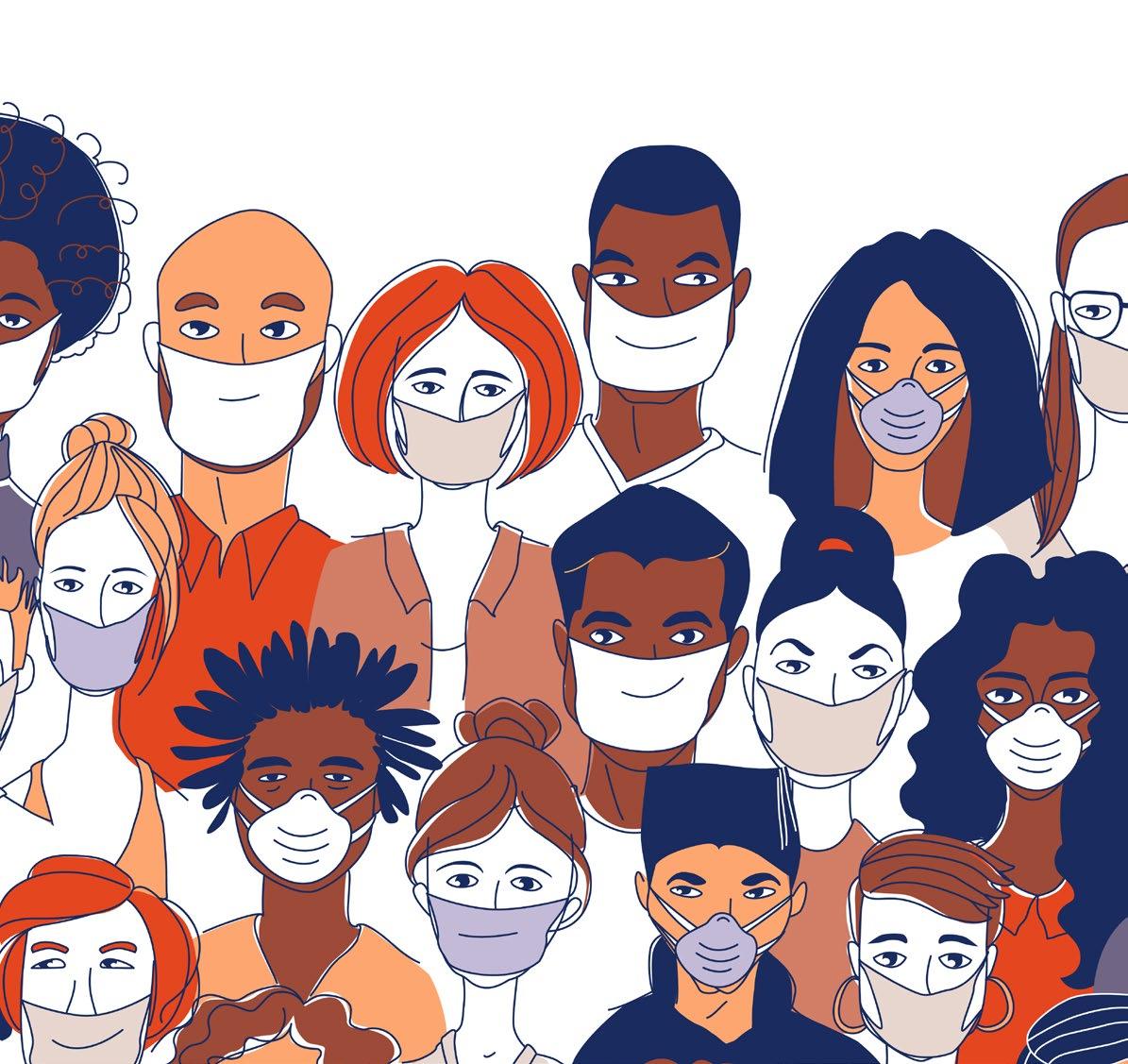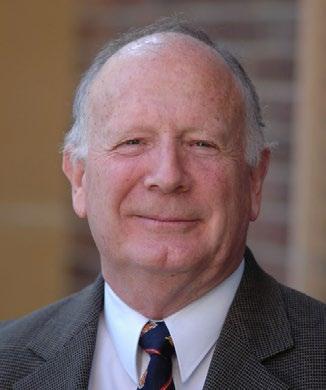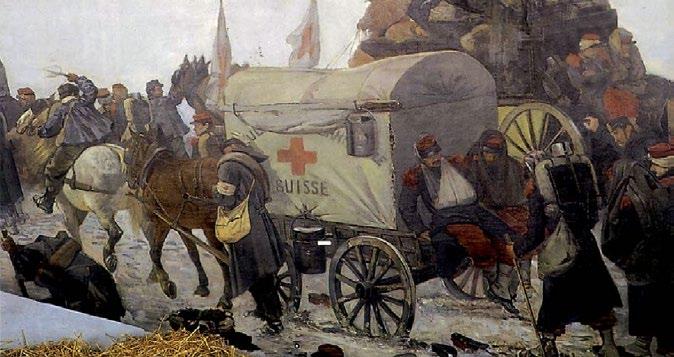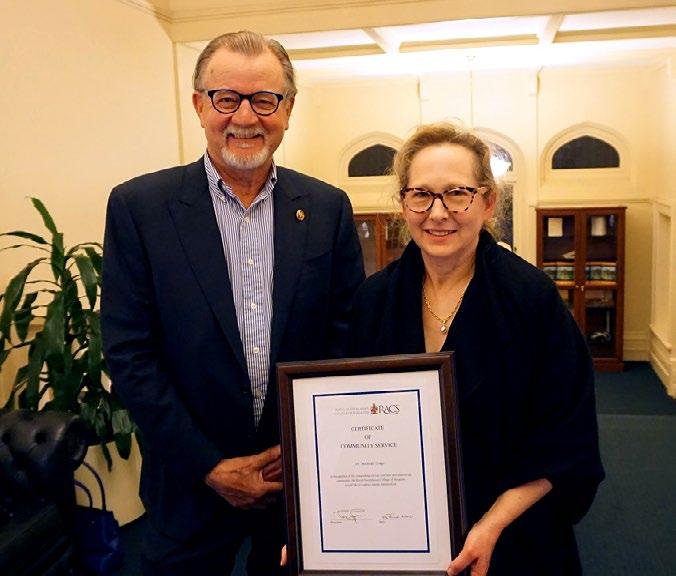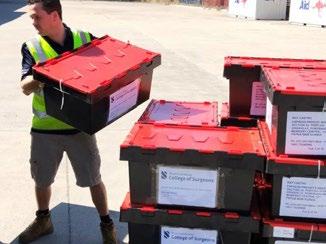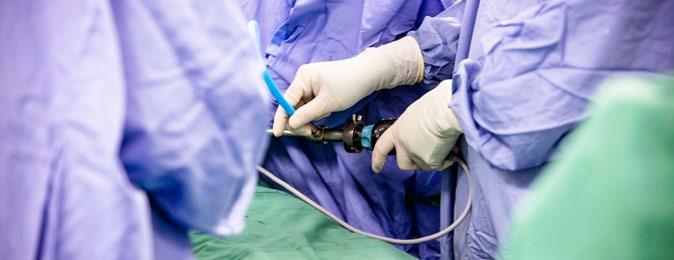Surgical News | Volume 21 | Issue 05
Dr Meythaler was a renowned bacteriologist with numerous prewar publications on the liver and infectious diseases, and later in his career on diabetes and insulin related malfunctions. Dr Meythaler was born in 1898. He studied medicine at the eminent universities of Heidelberg and Munich and graduated in 1922. He joined the Sturmabteilung, the Nazi paramilitary wing, early in the new regime in 1933, and his career progressed rapidly. He was named an associate professor in 1939. The war took him to Crete as a staff physician, dealing with infectious diseases affecting the invading forces. Hepatitis was one of the endemic diseases in the Mediterranean area, and an area of interest to the doctor. The German soldiers in the hospital were jaundiced, and Dr Meythaler was looking for proof of transmission of hepatitis. Accordingly, he investigated and published an article in a German medical journal in 1942, revealing that “I carried out on Crete transmission experiments from person to person
through transfer of blood … in three of the experimental subjects … distinct liver enlargement was observed.”
2020 Surgical Workforce Census
Dr Meythaler was professionally promoted to full professorship at the Nuremberg University Hospital in 1942. In1947, he became Director of Medicine in the Nuremberg Hospital, and at neighbouring Erlangen University. There is no record of him being tried for any infringement of human rights.
Look out for your email invitation to be part of the 2020 RACS Surgical Workforce Census in November.
This Nazi physician was guilty of crimes against humanity for non-consensual medical experimentations. The doctor forfeited his Hippocratic obligations and caused the suffering of human beings. He should have been charged with crimes against humanity, as defined by the Nuremberg Trials in 1947. This reported case is considered the first documented medical experiment on an Australian prisoner of war. Dr George M Weisz, FRACS
The Surgical Workforce Census is conducted every two years, collecting important data to inform advocacy and workforce planning. Key data collected includes work patterns (employment status, hours worked, private/ public mix), characteristics of the rural and regional workforce, health and wellbeing, contribution to the SET Program and future work intentions, including retirement. All active and Fellows who live in Australia and New Zealand will receive an invitation to complete the census using the email address registered with the College. All Fellows who participate will go into a draw to win a $500 gift card. Your participation is vital to help shape the future of surgery. Email workforce@ surgeons.org for further information.
Library collections: beyond books Way back when I started my library career librarians did really ‘collect’ and build ‘collections’. Mostly, it was actual books, but library services were starting to move into cassettes or video cassettes before CDs and DVDs also found their way onto the shelves. Academic library shelves were filled with journals, with binders doing a good job of turning individual issues into bound volumes that required more and more shelf space. These days, librarians still put much of their time into building collections to anticipate and meet their patrons’ study, work and leisure needs. However, building a collection in 2020 involves many different processes. Most of the traditional print publishers, such as Elsevier, Springer, Wiley and Oxford have turned their hand to making their titles available online. So, now, rather than buying a print copy of a journal, binding it
and keeping it on the shelves, librarians need to basically ‘rent’ access to content available in larger and larger databases. Our library clients work and research in a number of specialties and subspecialties, so part of the collection development process is to do our best to ensure all these areas are covered. The specialty pages on the library website provide listings and links to key and popular e-resources. Suggestions for additions to these pages are always welcome. Like many libraries, the Royal Australasian College of Surgeons (RACS) library builds its collection by combining large packages offered by journal publishers with a range of subscriptions to individual e-journal or e-book titles. When putting together these packages many publishers include non-print, multimedia materials.
Multimedia content • ClinicalKey Extensive e-journal and e-book online collections can be found at wwwclinicalkey-com-au.ezproxy.surgeons. org, with options to browse procedure videos, use the Presentation Maker with images, or access ClinicalKey Patient Education materials. • Access Surgery and Access Medicine These resources can be found at: https:// accesssurgery-mhmedical-com.ezproxy. surgeons.org/ and https://accessmedicine-mhmedical-com. ezproxy.surgeons.org/ respectively. They include videos, patient education handouts and selected episodes from the ‘Behind the Knife’ surgical education podcast.
59
